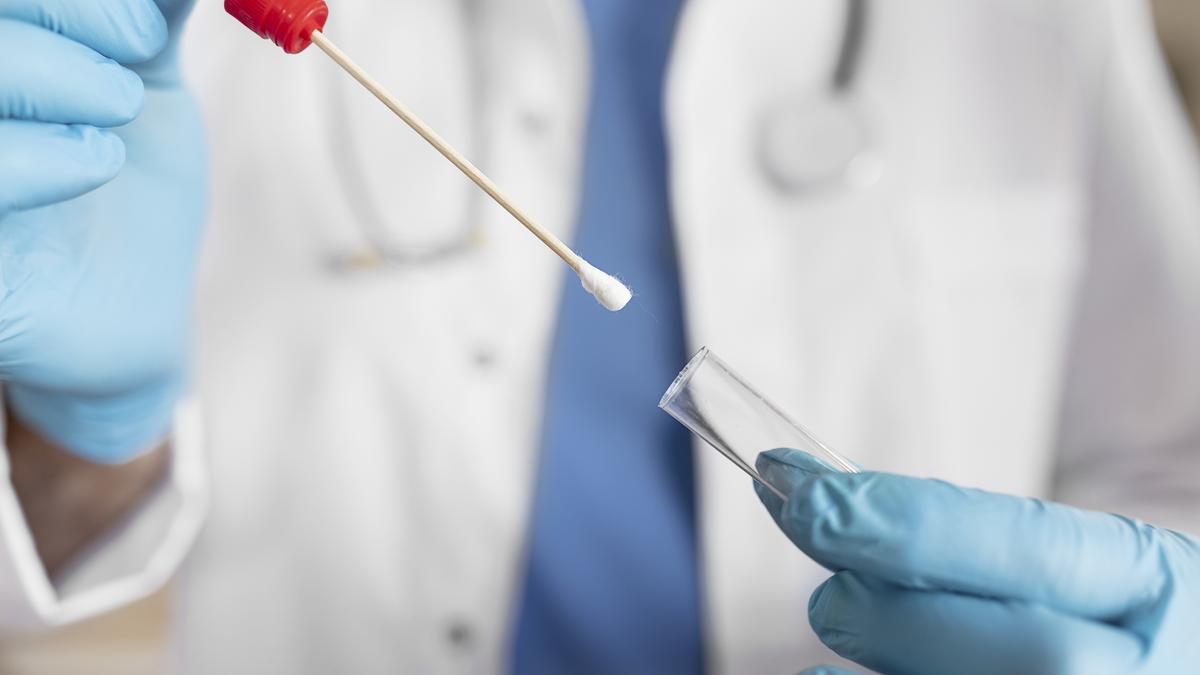The story so far:
The Supreme Court, in Kattavellai @ Devakar v. State of Tamil Nadu, recently issued guidelines to maintain the integrity of deoxyribonucleic acid (DNA) samples in criminal cases. The court directed the Director Generals of Police of all States to prepare sample forms of the Chain of Custody Register and all other necessary documentation as directed, and to ensure their dispatch to all districts with instructions.
What was the need to issue such directions?
The court, in the above case involving rape, murder, and robbery with an attempt to cause death, found significant unexplained delays in sending samples of the vaginal swabs to the Forensic Science Laboratory (FSL) for DNA analysis. Moreover, the chain of custody of the sample could not be established. Under such circumstances, the court held that the possibility of sample contamination could not be ruled out.
The court observed that although some guidelines have been issued by various bodies, there is neither uniformity nor a common procedure required to be followed by all investigating authorities. Even though ‘Police’ and ‘Public Order’ are subjects mentioned in the State List of the Seventh Schedule of the Constitution, the Supreme Court deemed it necessary to issue these guidelines to have uniformity of procedure.
What are the guidelines?
The Supreme Court issued four guidelines for cases where DNA evidence is involved. The first guideline states that the collection of DNA samples once made after due care and swift and appropriate packaging, including FIR number and date, the sections and statutes involved, details of the investigating officer, the police station, and the requisite serial number, shall be duly documented. The document recording the collection must include the signatures and designations of the medical professional present, the investigating officer, and independent witnesses.
Second, the investigating officer shall be responsible for the transportation of the DNA evidence (sample) to the concerned police station or hospital, as the case may be. He must also ensure that the samples reach the concerned FSL within 48 hours of collection. In the event of any delay, the reasons must be recorded, and all efforts should be made to preserve the samples.
Third, while samples are stored pending trial or appeal, no package shall be opened, altered, or resealed without express authorisation from the trial court.
The fourth guideline states that from the time of collection to the logical end, i.e., conviction or acquittal of the accused, a Chain of Custody Register must be maintained. This register must be appended to the trial court record. The investigating officer is responsible for explaining any lapses in compliance.
What has the Supreme Court said so far?
The DNA profiles have a tremendous impact on criminal investigations. In Anil v. State of Maharashtra (2014), the Supreme Court observed that a DNA profile is valid and reliable, but this depends on quality control and procedure in the laboratory. However, in the Devakar case, the court said that quality control and procedure outside the laboratory are equally important to ensure that the best results can be derived from collected samples.
In a three-judge Bench decision in Manoj and Ors. v. State of Madhya Pradesh (2022), the Supreme Court rejected a DNA report on the ground that recovery was made ‘from an open area and the likelihood of its contamination cannot be ruled out’. It was also observed that the blood stains found on the articles were disintegrated, and the quantity was insufficient to run any classification test.
In another case, Rahul v. State of Delhi, Ministry of Home Affairs (2022), DNA evidence was ‘rejected because it remained in the police Malkhana for two months and during such time, the possibility of tampering could not be ruled out’. It was said that ‘the collection and sealing of the samples sent for examination were not free from suspicion’. The court also said the trial court and the High Court did not examine the underlying basis of the findings in the DNA reports or whether the techniques used had been reliably applied by the concerned expert.
Therefore, while the investigating agency needs to ensure that samples are collected properly, without any possibility of contamination, and sent to the FSL without any (unexplained) delay, the expert must also ensure proper quality control and procedure in the FSL.
How important is the DNA evidence in criminal cases?
DNA is a molecule that encodes the genetic information in all living organisms. It can be obtained from biological materials, such as bone, blood, semen, saliva, hair, or skin. Generally, when the DNA profile of a sample found at a crime scene matches the DNA profile of a suspect, it can be concluded that both samples have the same biological origin. However, it is not substantive evidence in criminal cases.
The Supreme Court, in the Devakar case, stated that DNA evidence is in the nature of opinion evidence as envisaged under Section 45 of the Evidence Act (Section 39 of the Bharatiya Sakshya Adhiniyam, 2023), and like any other opinion evidence, its probative value varies from case to case. Therefore, DNA evidence must be proved scientifically and legally.
R.K. Vij is a former IPS officer
Published – September 14, 2025 10:37 pm IST
